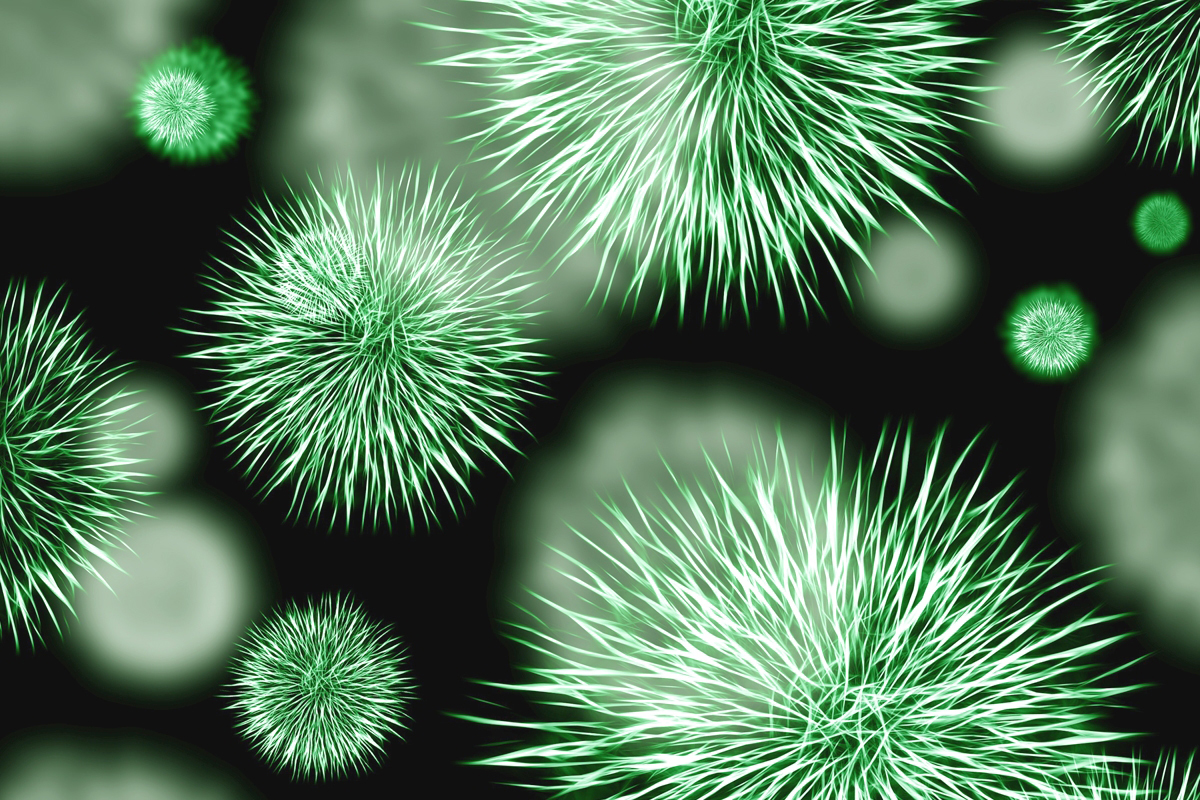In a first, a team of scientists in Germany have discovered a novel antibiotic substance from the human nose that can be used against pathogenic bacteria.
Named epifadin, the molecule is produced from specific strains of the bacterial species Staphylococcus epidermidis, which occur on the mucous membrane of the inside wall of the nose.
Strains that produce epifadin can also be isolated on the surface of the skin.
Epifadin constitutes a new, previously unknown class of antimicrobial compounds that kills microorganisms and could be used as a lead structure for the development of novel antibiotics, said the team from University of Tubingen.
The team in 2016, had, discovered an unknown antibiotic substance with a unique structure – Lugdunin.
Epifadin is now the second discovery of this kind that this working group has made in the human microbiome.
“The development of new antibiotics has stagnated for decades. But we need them more than ever, because in recent years we’ve registered a rapid rise in multiresistant bugs worldwide. It is hard to get control of these infections and our reserve antibiotics no longer have such a strong effect. We urgently need new active substances and treatment methods,” said Andreas Peschel, Professor of Microbiology at the University of Tubingen.
The human nose, skin, and intestine are colonised by both benign and pathogenic bacteria. These microorganisms live together in what are called microbiomes. If the microbiome becomes unbalanced, pathogens can increase and we become ill.
The bacterium Staphylococcus epidermidis occurs naturally in the dermal and nasal microbiomes of almost all humans. The newly-identified strain is believed to produce the active substance epifadin in order to survive against competing microorganisms.
Epifadin not only works against the bacteria that are locally in competition with Staphylococcus epidermidis, it is also effective against bacteria from other habitats such as the intestine and certain fungi.
In the study, published in the journal Nature Microbiology, the researchers found that it is especially effective against the potential pathogens like Staphylococcus aureus, a hospital-acquired infection which is particularly dangerous in antibiotic-resistant form (MRSA).
In experiments, the active substance epifadin reliably killed the pathogen Staphylococcus aureus, destroying hostile bacterial cells by damaging their cell membrane.
The chemical structure of epifadin is extremely unstable and the substance is only active for a very few hours, so epifadin has a mainly local effect. This reduces the likelihood of collateral damage to the microbiome that is common with current treatments with broad-spectrum antibiotics.
More research is needed to discover whether epifadin or its derivates can be used for therapy.
For instance, epifadin-producing Staphylococcus epidermidis might be colonised in the nasal mucosa and other places on our skin and thereby, suppress the growth of pathogens such as Staphylococcus aureus. This could prevent bacterial infections – using natural means that our bodies already have, the team said.











